Research shows that even in the most primitive societies, music and religion are intertwined. The existence of man and the whole universe is started with the instruction "Kün (Be)!", with a voice. Later, the question of "Elestü bi’rabbikum" (Am I not your Lord?) is that the Almighty Creator accepts human as the interlocutor.
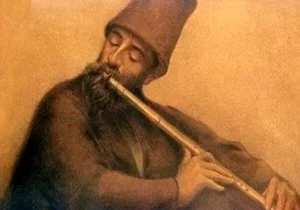
On the other hand, the end of everything created will be from the sound of an instrument, so to speak; It will come true when Israfil blows to Sur. Man, who is the most precious being in this universe between two voices, has always had an interest in the beautiful voice, perhaps because of the divine breath [When I complete his (Adam's) shape and blew my soul into him, immediately prostrate for him. Hicr29.] within. For these reasons, religion cannot be deprived of the beautiful sound. The enormous development of our mosque and lodge music is also proof of this. A lot of research on the effect of sound on spirit and matter shows us the invisible but great effects of sound. Of course, I will not talk about these scientific studies in detail, since this article is more like an essay written for me than a scientific article.
As the music community knows, the dervish lodges are like music nests in the public eye, and especially the Mevlevi tekkes served as conservatories, and this situation has continued for centuries. Undoubtedly, Mevlana Celâleddin-i Rûmi 's value and meaning to music, ney and rebab among Turkish musical instruments, and the meaning he attributes, are quite effective in this case. The mention of ney in the first line of the first twelve couplets of Mesnevî-i Şerif written by the himself shows the value he gave to this instrument. Let us share this couplet like this:
Bişnev in ney çün hikâyet mî-küned
Ez cüdâyihâ hikâyet mî-küned
(Listen, what the ney tells,
How it complains about breakups?)Mevlana Celaleddin-i rumî
As it is known, ney represents human beings in Mevlevi.Cutting the reed from the reed represents the birth of a human being and the cutting of the umbilical cord. There are 9 pits opening to the outside in the human body. Ney also has 9 holes, 6 at the front, 1 at the back and 2 at the ends. After the holes are drilled, the ney cut from the cane begins to groan with the grief of leaving his homeland. The arrival of mankind from heaven, which is their homeland, to the world, which is the land of expatriation, crying out, fully coincides with this representation. Ney, which burns as it is blown, makes more and more burning sounds every day. As the person burns with the fire of love and the sorrow of separation, pleasant voices and good words begin to emerge. The teachings of Mevlânâ, burning from the fire of love, reaching all parts of the world are examples of the beauty of this voice.
It can be said that the understanding of reed flute has completely surrounded the Mevlevi dervish when we pay attention. It is important to discuss the relation between religion and music, which we mentioned at the beginning of our article, with the specific meanings of the Mevlevi rituals. Of course, this is a subject that will be written extensively in an academic sense. We will try to summarize here.
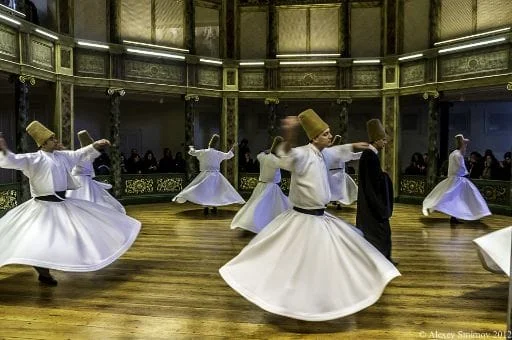
Mevlevi Rite
A Mevlevi ritual consists of four main parts called "selam". Before the greetings, at the beginning of the ritual, Na’t-ı Mevlâna, kudüm beat, ney taksim and peşrev parts are respectively. After the 4th salutation, there are the last taksim and aşr-ı şerif parts made with an instrument other than the last pesrev, last Yürük semai. If we talk about the symbolism of the part up to the 1st Selam, it will explain the meaning attributed to ney. The supreme creator first created the light of the Prophet Muhammad. For this reason, the ritual begins with Na't, which talks about the sheriff Muhammad, praises him, and includes greetings to him.
The next kudüm hit is the "Be!" express of God. The ney taksim that was played afterwards represents the divine breath mentioned in the 29th verse of Surat al-Hijr, which we mentioned at the beginning of our article. For, ney is human, the breath of a neyzen is the breath of divine. The ney performed for a long time, tells about the life of a world full of moans and suffering. Peşrev begins when Taksim ends. At the end of the Peşrev, a very short ney taksim is made, which is Isráfil's blowing Sura. Subsequently, the 1st Selam is entered and the whirling dervishes returning with their black sweaters representing the earth until that moment, take off their cardigans after Sur blown. With their white tennures under their cardigans, that is, their shrouds, they step into the Judgment Square.
As you can see, Ney is not just a musical instrument, but also hides a philosophy of magnificent depth and density on the walls of its knuckles. He closes one eye and looks inside of what he says, “This is empty inside. How can you make a sound?“ those who say, Are you sure it's empty?" you might ask.
Muhammed TÜRE
Bartın University
Faculty of Islamic Sciences
Islamic Arts and Religious Music Instructor

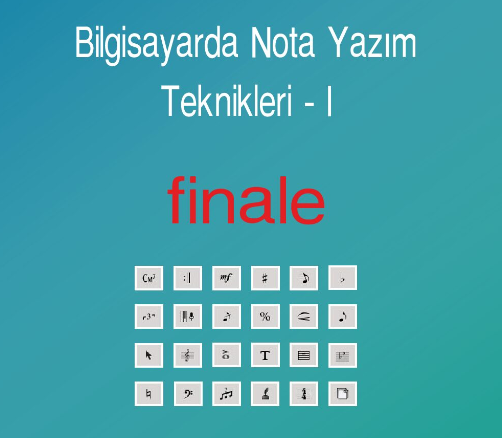
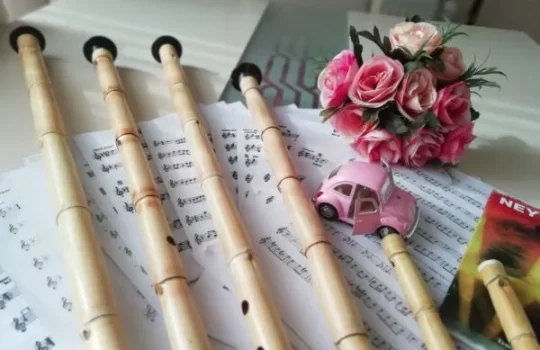
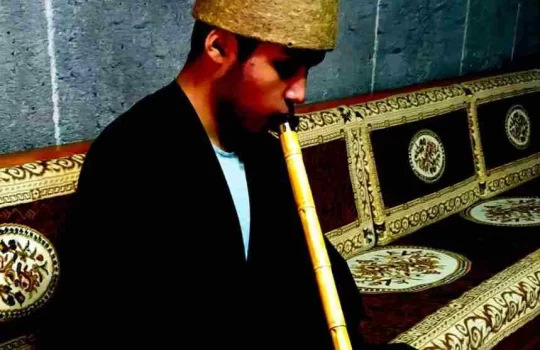

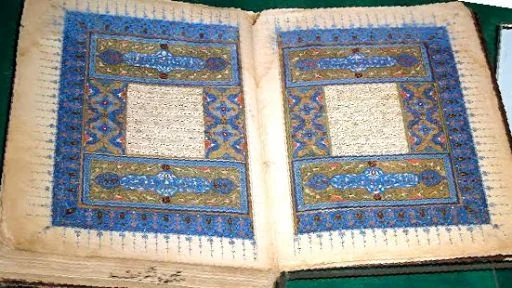
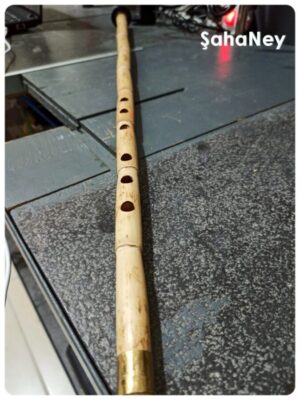
ŞahaNey Ney Manufactured
15 July 2020 at 14:19Kıymetli bilgiler veren yazısı ile bizi destekleyen ve şereflendiren sayın hocam Muhammet Türe’ye teşekkür eder, saygılar sunarız.